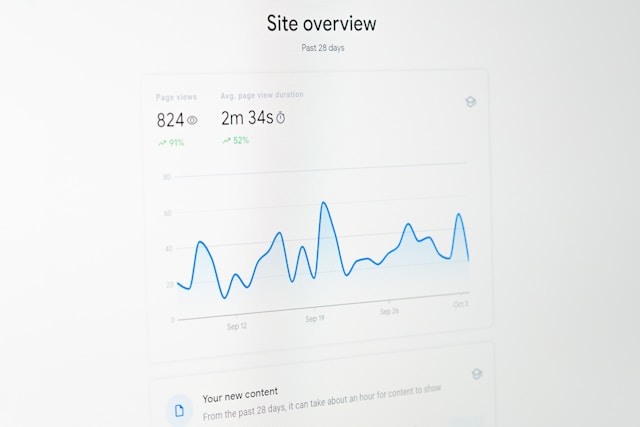How to View Google Trends Top Charts (Year in Search)
Google Trends Top Charts are typically released annually as part of the “Year in Search” campaign. They are not located in the main interactive tool but on a dedicated archive page.
Step-by-Step Instructions:
- Go to the Google Trends Website: Open your web browser and navigate to https://trends.google.com/.
- Find the “Year in Search” Section: The main Google Trends page focuses on real-time and historical data. To find the annual Top Charts, you need to look for the “Year in Search” feature. The easiest way is to:
- Option A: Use a Search Engine: Search for “Google Year in Search [Year]” (e.g., “Google Year in Search 2023”). The top result will usually be the official Google page.
- Option B: Check the Menu: Sometimes, a link to the latest “Year in Search” is available in the hamburger menu (☰) on the top-left corner of the Google Trends homepage.
- Select Your Year and Category: Once you’re on the “Year in Search” page for a specific year (e.g., 2023), you’ll be presented with a main video or summary. To dive into the raw data charts, look for a link or button that says something like “Explore the data,” “See all trends,” or “Top Charts.” You will then be able to:
- Select a Country: Choose from a wide list of countries (e.g., United States, India, Japan, Germany).
- Select a Category: Choose from categories like:
- Searches (The overall most popular queries)
- People
- Actors
- Athletes
- Movies
- Songs
- Recipes
- …and many more.
- Explore the Data: The Top Charts will be displayed in simple, ordered lists showing the top 10, 20, or 50 entries for that category and country. You can often click on each term to see its specific search trend graph over the year.
Image Suggestion & Placement
Place this image right after Step 3 in the instructions above.
Description: A composite screenshot showing the Google “Year in Search” homepage for a previous year (e.g., 2023). On the left, show the dropdown menu for selecting a country (with options like US, India, UK visible). On the right, show the list of available categories (Searches, Actors, Athletes, Movies, etc.) being selected.
Alt Text (Crucial for SEO): Google Trends Year in Search Top Charts - country and category selection
What’s the Difference Between “Trending Searches” and “Top Charts”?
It’s important to understand the distinction:
| Feature | Daily “Trending Searches” | Annual “Top Charts” (Year in Search) |
|---|---|---|
| Timeframe | Real-time or last 24 hours | The entire previous calendar year |
| Purpose | Shows what is spiking right now | Shows what was consistently popular over a long period |
| Data Type | Measures surge in search volume | Measures total search volume over the year |
| Example | “Hurricane path,” “Election results today” | “iPhone,” “Cricket World Cup,” “Barbie movie” |
How to Use Top Charts for SEO and Content Strategy
This historical data is a goldmine for strategists. Here’s how to use it:
- Content Planning: Identify evergreen topics that show consistent year-over-year popularity. If “air fryer recipes” perennially appears in the top charts, it’s a safe bet that creating content around that topic will yield long-term traffic.
- Understanding Audience Interests: The charts reveal what your target audience in a specific country truly cares about. This helps in tailoring your overall content and marketing strategy to match their interests.
- Benchmarking: For businesses, see if your brand or product category made the list. If your competitor did and you didn’t, it’s a clear sign to analyze their strategy.
- Predicting Future Trends: While past performance doesn’t guarantee future results, analyzing year-end charts can help you spot cultural shifts and anticipate what might be big in the coming year. The rise of a new technology or artist one year often signals their dominance the next.
How to Get “Top Charts”-Style Data Anytime
What if you want a report for a time period that isn’t a full calendar year? You can use the main Google Trends tool to create your own custom “top charts.”
On the main Google Trends page, enter a broad topic or search term in the search bar (e.g., “YouTube”).
Click on “Compare” and add another term (e.g., “Netflix”). You can add up to five terms.
Set your time range (e.g., “Past 12 months,” “Past 5 years”) and region.
The resulting graph will show you the relative popularity of each term over your selected timeframe, effectively letting you create a custom comparison chart.

